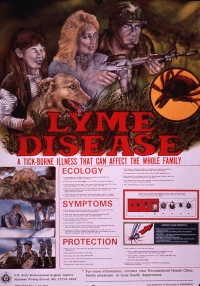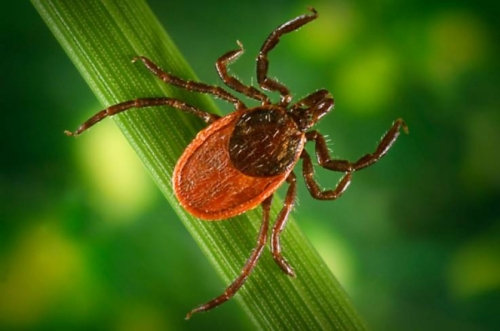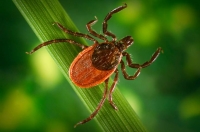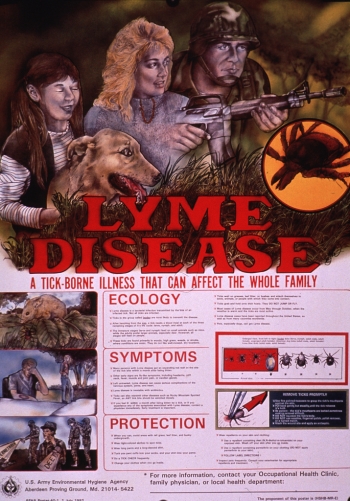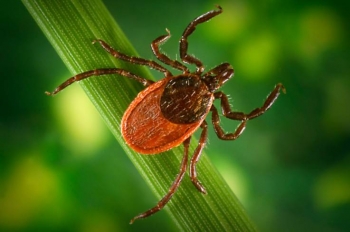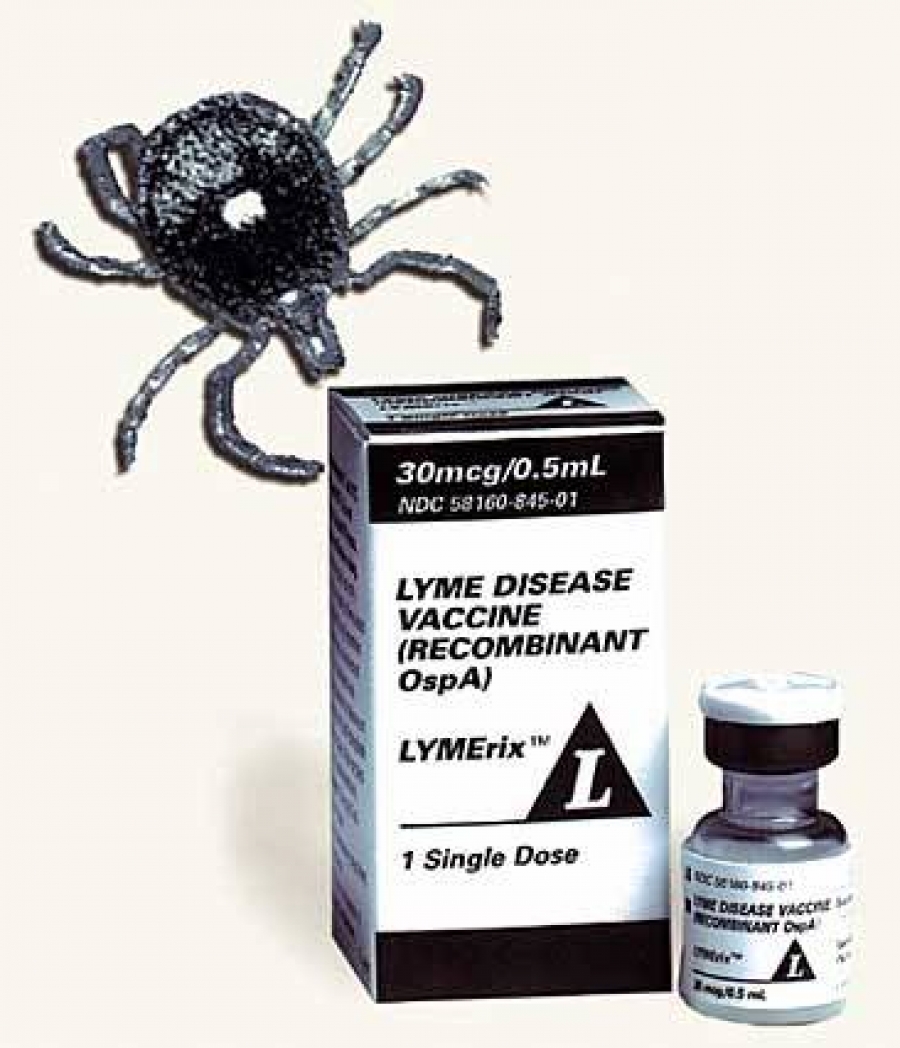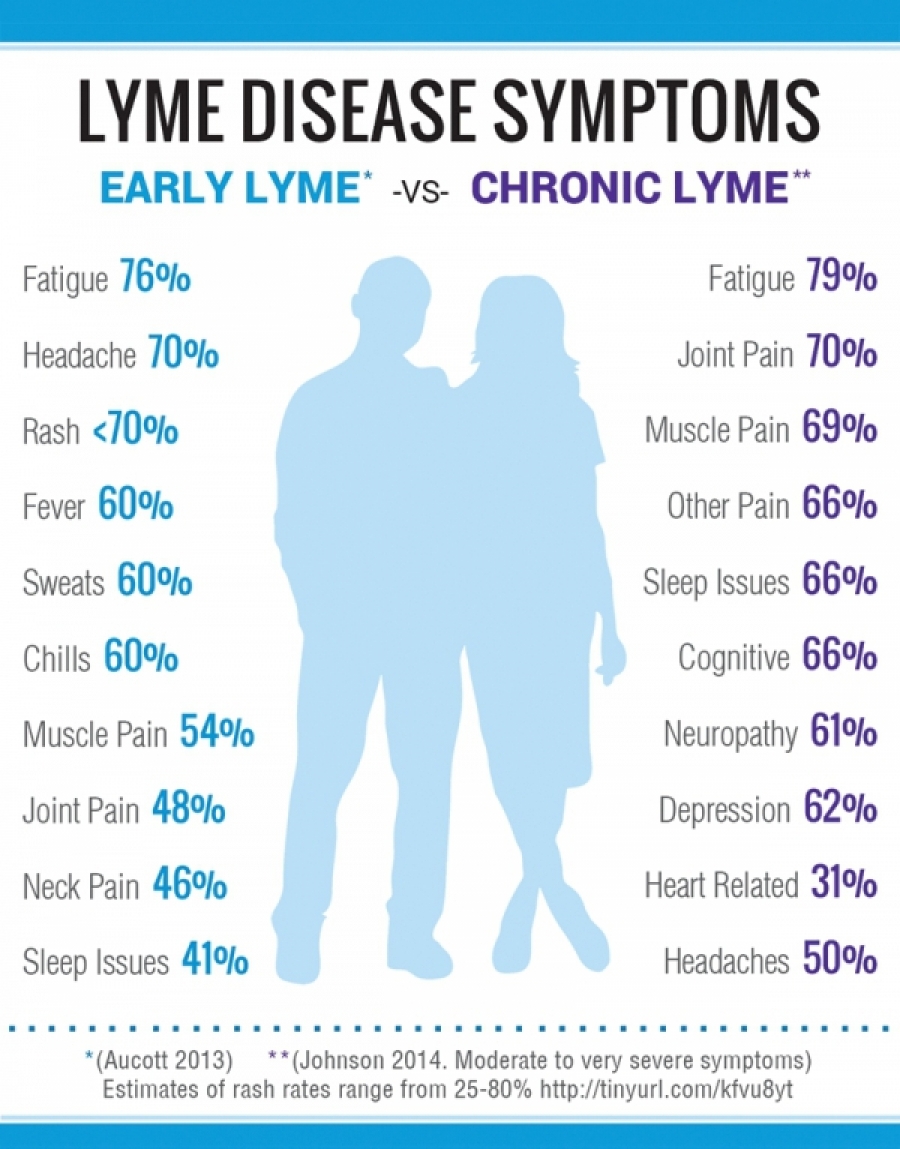 Nate Covington
Private Citizen
Nate Covington
Private Citizen
Lyme Disease
The information provided below is not legal or professional medical advice. It is to be used for informational purposes only as it is not a lawyer or doctor referral service, and no attorney-client privilege or relationship nor doctor-patient relationship is or should be formed by the use of this website.
This information offered should not be used as a replacement for professional medical advice.
Protect Your Yard
UV Light Therapy
Some patients have reported positive results from using UV light to clean their blood. This is generally for people whose blood is extremely dirty, it will be a very dark red - almost black - when exposed to oxygen. Further reading:
http://www.woodmed.com/index.php/services-a-therapies/ultraviolet-light-therapy
History of Lyme Disease
Research on the History of Lyme Disease generally leads to Plum Island. Plum Island Animal Disease Center of New York (PIADCNY) is a United States federal research facility dedicated to the study of animal diseases.
What Is Lyme Disease? New Findings Deepen the Mystery
http://news.nationalgeographic.com/news/2014/02/140228-lyme-disease-borrelia-burgdorferi-deer-tick-science/
"One theory—compelling but controversial—about the sudden emergence of the disease in Connecticut blames the accidental release of infected ticks during experiments at Plum Island Animal Disease Center, on Long Island Sound about eight miles south of Lyme."
Compilation of COVID-19 Material from Lyme Disease Community
Below is a link to a compilation of material on Covid-19 by Dr. Robert Bransfield, MD:
https://lymediseaseassociation.org/home-page-featured/covid-19-sars-cov-2-helpful-info/
Supplements for Lyme Disease Treatment in Dogs
The general diagnosis and treatment of Lyme disease in dogs is similar to humans. Dogs get the same antibiotic, Doxycycline. And they show similar symptoms, including lethargy, joint pain (limping, particularly if the dog limps on the right leg on one day, and the left leg another), fever…
I also asked a local veterinarian about giving vitamins & supplements to canines. Here is what they said:
Pentagon may have released weaponized ticks that helped spread of Lyme disease: investigation ordered
Last week, the U.S. House of Representatives quietly passed a bill requiring the Inspector General of the Department of Defense (DoD) to conduct a review into whether the Pentagon experimented with ticks and other blood-sucking insects for use as biological weapons between 1950 and 1975.
If the Inspector General finds that such experiments occurred, then, according to the bill, they must provide the House and Senate Armed Services committees with a report on the scope of the research and "whether any ticks or insects used in such experiments were released outside of any laboratory by accident or experiment design," potentially leading to the spread of diseases such as Lyme.
Pentagon may have released weaponized ticks that helped spread of Lyme disease: investigation ordered
Last week, the U.S. House of Representatives quietly passed a bill requiring the Inspector General of the Department of Defense (DoD) to conduct a review into whether the Pentagon experimented with ticks and other blood-sucking insects for use as biological weapons between 1950 and 1975.
If the Inspector General finds that such experiments occurred, then, according to the bill, they must provide the House and Senate Armed Services committees with a report on the scope of the research and "whether any ticks or insects used in such experiments were released outside of any laboratory by accident or experiment design," potentially leading to the spread of diseases such as Lyme.
Report reveals years of suffering, death from therapies for “chronic Lyme”
Coffee enemas, $13K “photon” therapy, endless antibiotics—all unproven, dangerous.
Tick season is upon us, prompting fresh warnings about bites that can transmit Lyme disease. But in a report published Friday by the Centers for Disease Control and Prevention, a group of doctors isn’t warning about the disease—instead, the group is warning about possible treatments.
Alternative medical treatments for so-called “chronic Lyme disease” are all unproven and potentially harmful—some even deadly—the group warns. That group includes doctors from across the country, including the University of Colorado, the CDC, Yale University, Stanford, and the University of California, San Francisco. In the CDC’s Morbidity and Mortality Weekly Report, the doctors reveal chilling accounts of five patients who pursued such bogus treatments. What followed was years of heart-wrenching suffering, avoidable life-threatening infections, and death.
“Patients and their health care providers need to be aware of the risks associated with treatments for chronic Lyme disease,” the doctors declare. The case reports certainly offer a heart-wrenching PSA.
Essential oils from garlic and other herbs kill 'persister' Lyme disease bacteria
Oils from garlic and several other common herbs and medicinal plants show strong activity against the bacterium that causes Lyme disease, according to a study by researchers at Johns Hopkins Bloomberg School of Public Health. These oils may be especially useful in alleviating Lyme symptoms that persist despite standard antibiotic treatment, the study also suggests.
The study, published October 16 in the journal Antibiotics, included lab-dish tests of 35 essential oils -- oils that are pressed from plants or their fruits and contain the plant's main fragrance, or "essence." The Bloomberg School researchers found that 10 of these, including oils from garlic cloves, myrrh trees, thyme leaves, cinnamon bark, allspice berries and cumin seeds, showed strong killing activity against dormant and slow-growing "persister" forms of the Lyme disease bacterium.
-
"One of the penalties for refusing to participate in politics is that you end up being governed by your inferiors."
- Plato


